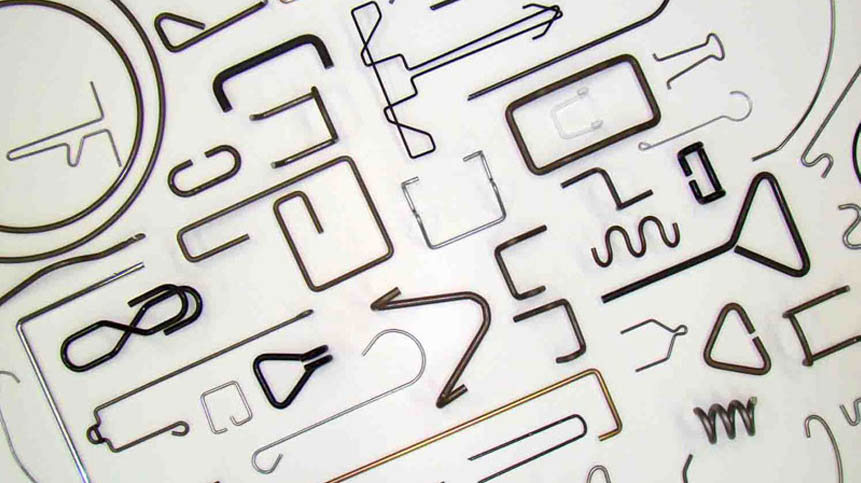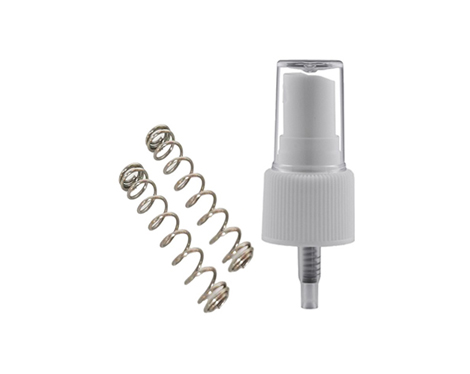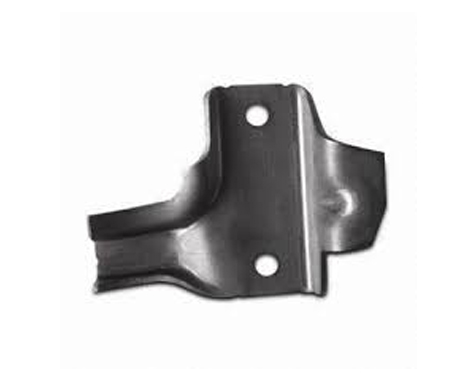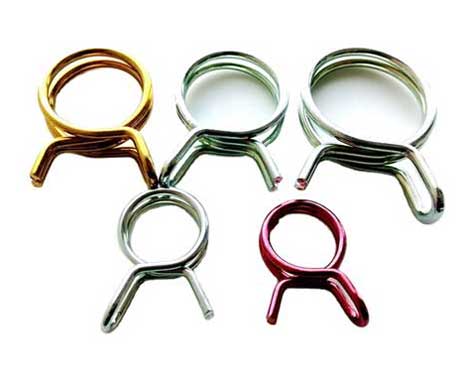When in use, the bottom end of the torsion spring is often fixed to other places, which causes other components to rotate around the center of the torsion spring. Once the other components start to rotate around the center of the spring, the spring quickly pulls the other components back to their original position, which creates a rotational force that converts the resulting rotational force into the required resistance. In this way, the torsion spring can statically fix a device by storing or releasing this energy to achieve the desired effect.
Of course, you may find that the number of turns of the torsion spring is different in different places of use, so a lot of physics and mathematics are involved here. Calculate the number of turns required by the torsion spring by the amount of resistance required to fix the device. Moreover, in the process of accounting, the rotation direction of the torsion spring is planned according to the actual requirements of use.
Ⅰ. Structural principle of torsion spring
A torsion spring is designed so that the coils are in close contact to facilitate rotation and create an angular rebound force. There are several options for the configuration of the moment arms, which allow the spring to be secured in different ways. For torsion springs, arm criteria to consider include arm angle, equal arm length, and arm end type. When the springs are straight or parallel on the same side, the moment arm angle is considered to be 0°, and the angle increases along the non-rotational direction. Arm closure types include straight torsion, straight offset, hinged, short hook closure and drag hook closure. In order to meet the application requirements, you can bend, twist the end of the torsion spring, or make the end into a hook or ring.
The free arm orientations of torsion springs include: 90°, 180°, 270° and 360°. Double torsion springs consist of one set of right-hand rotating coils and one set of left-hand rotating coils. These coils are usually connected with unsealed sections between the windings, and these coils rotate in parallel. This part needs to be planned separately, and its total torque value is the sum of the coils at both ends.
Ⅱ. What are the functional applications of torsion springs?
1. buffer function
A torsion spring is installed between the vehicle frame and the wheel, and the elasticity of the torsion spring is used to slow down the bumping of the vehicle. Therefore, the torsion spring on each motor vehicle is also quite useful.
2. Vibration sound function
When the air flows from the reed hole in the harmonica, accordion, it impacts the reed, and the reed vibrates to produce a beautiful sound.
3. Measurement function
How is a torsion spring balance made? It is within the elastic limit, the elongation (or contraction) of the torsion spring is proportional to the external force. Stainless steel double torsion spring scales are made using this property.
4. Reset function
The torsion spring deforms under the action of external force, and after removing the external force, the torsion spring can return to its normal state. Many devices and tools use this property to reset. For example, reset torsion springs are installed on the hinges of the gates of many buildings. After people go in and out, the doors will automatically reset. People have also made use of this function to make items such as automatic pencils and automatic umbrellas, which is very convenient.


 English
English 

